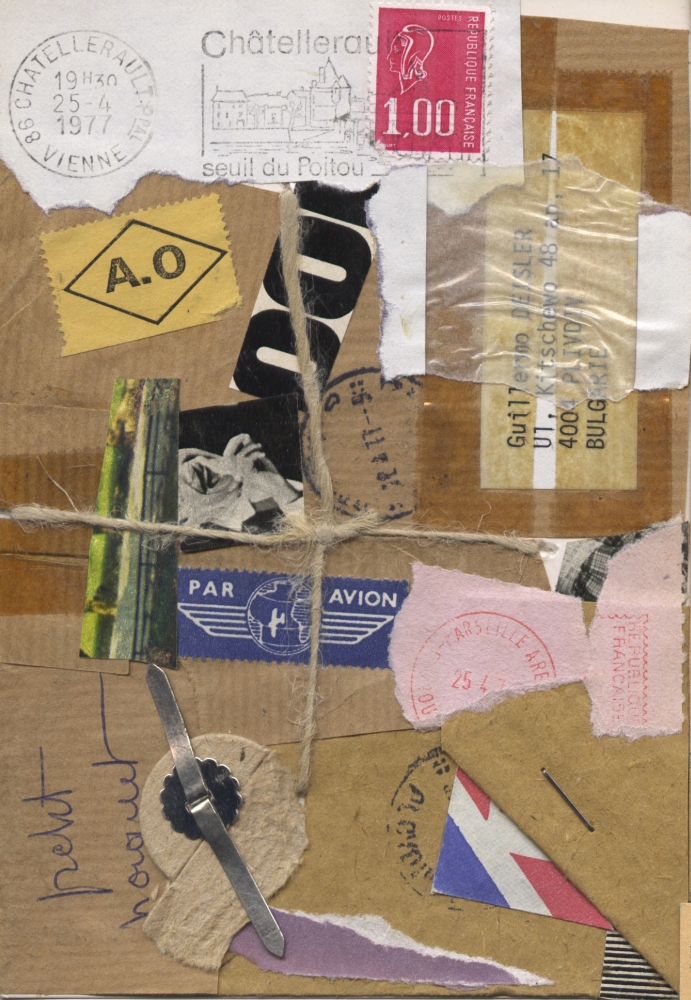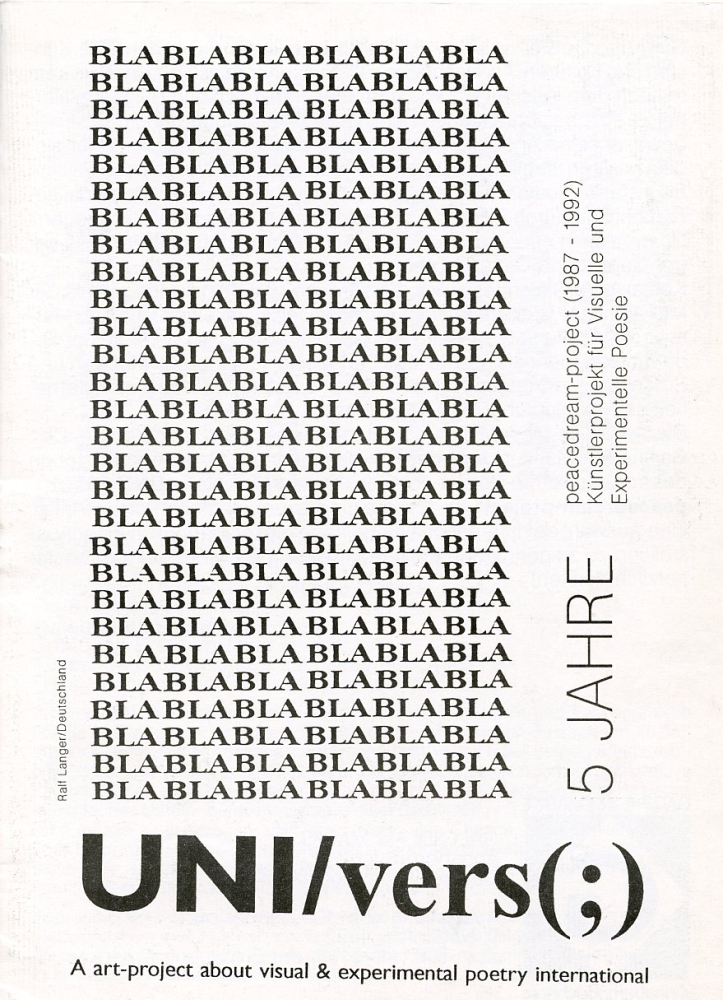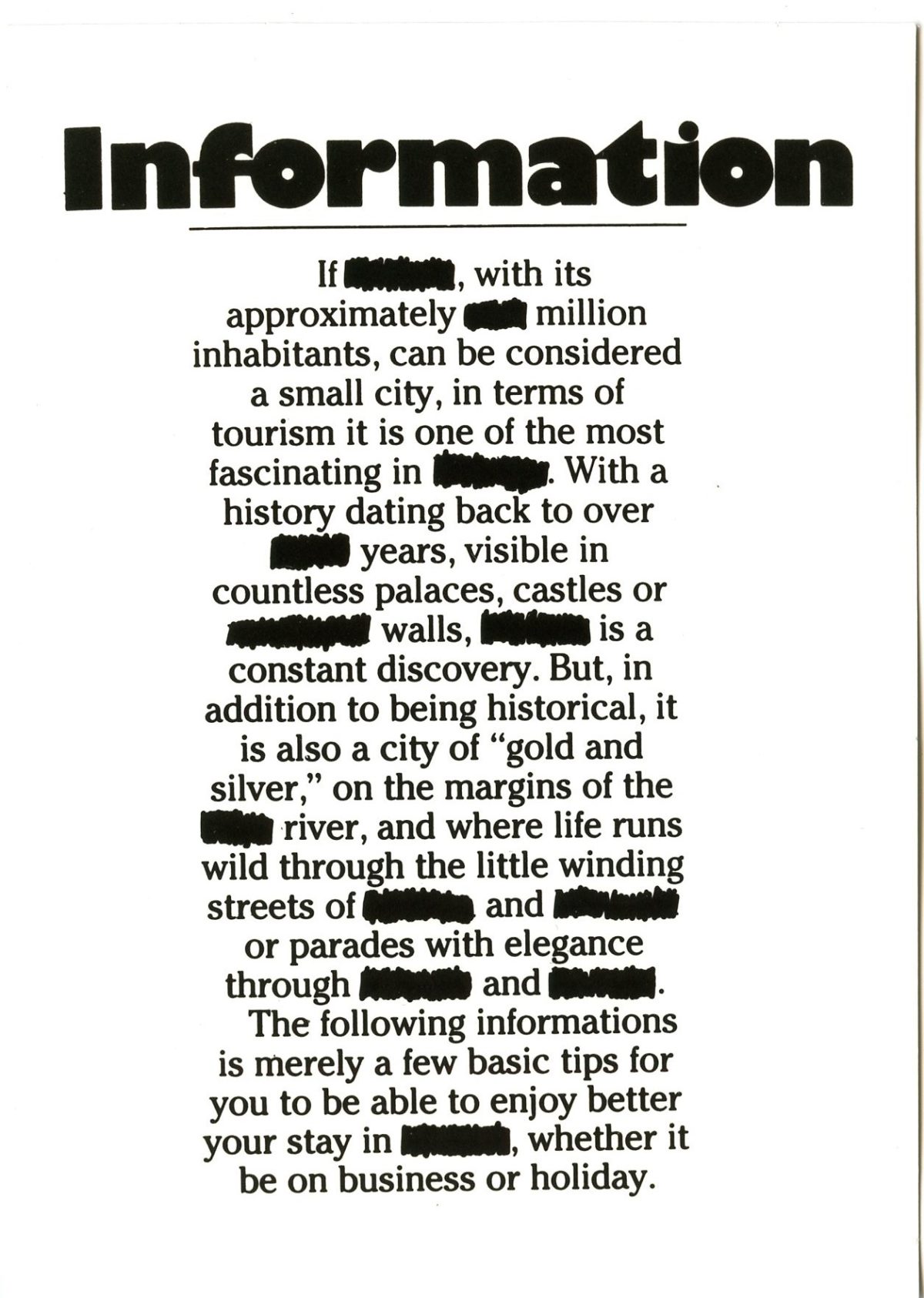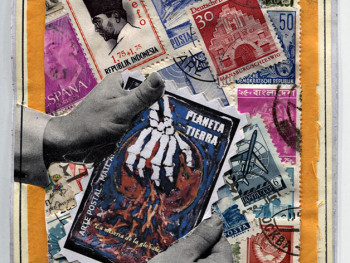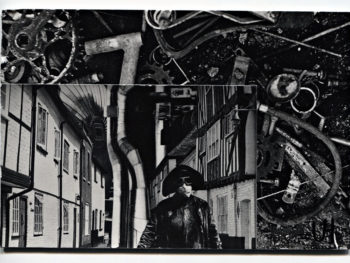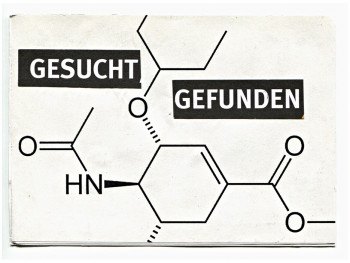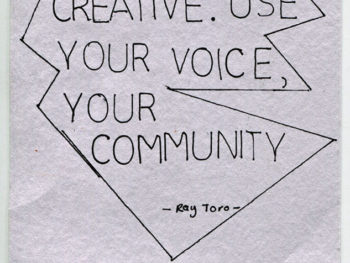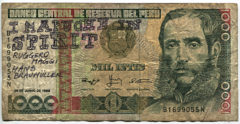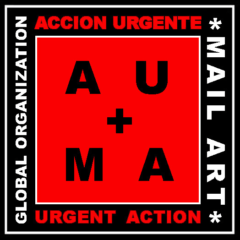
KEEP IN TOUCH!
by Guillermo Deisler, round about 1985, Halle, East Germany
Mail art is more than a trend in contemporary art. Mail art is properly an artistic-social phenomenon.
By the mere fact of using a means of communication for the sending of artistic messages, in this case the postal medium, on the one hand and on the other hand, the establishment of a dialogue between the sender and the receivers that is fed back when dealing with valid interlocutors (partners) are more than conclusive factors to support this assertion.
Due to the vertiginous scientific-technical development that has allowed the use of mass-level technologies, for a large part of the highly developed countries the costs of postal deliveries are minimal, adding the fact of having other technologies of reproduction of originals at very small cost.
Speaking about the social fact is much more complicated in the case of a phenomenon not yet fully consolidated, in development and of an international nature. We can notice that the transformations in the sphere of communications have produced profound alterations and changes in our social behavior.

Image from Archivo Guillermo Deisler / guillermodeisler.cl
2
The transmission of the image and the word, and its recording or registration added to the simultaneity between the event and its information at the disposal of these media at the domestic level has become a modification of our social behavior, changing our representation of the world to transform us into „citizens of the planet“.
This new global consciousness and the changes at the level of the social base and the relations with the surrounding world appear to us in a dissociated form. It is here that one can suppose why in the sphere of artistic activity there arises a phenomenon such as mail-art, more in accordance with these transformations in behavior resulting from the great influence of the media.
The most important characteristics with which this phenomenon is delineated are the use of mail as a means, total freedom in terms of expressive means, artistic techniques and trends.

3
Mail art with its massive appearance, simultaneously in different parts of the planet, proposes an exchange of messages, propositions and experiences within a framework of mutual understanding possible due to the climate of peaceful collaboration and tolerance. It is from its beginnings a phenomenon of international and cosmopolitan character, beyond the national borders of the countries. It searches with simple means, common to a great humanity, a dialogue in a progressive, creative sense, you could say familiar. The mail art partner, both sender and receiver, is a creator and between them there is a dialogue, a communication that is fed back by the responses, turning the receiver into the sender and vice versa . The communication is active and the circuit between sender-means-receiver is fed back de facto. Expanding at the same time to other possible interlocutors and, what is more important, apart from the difficulties of understanding the codes used.
It is perhaps the extent of signifiers in the artistic code what allows the universality of the messages and the possibility of comprehension and „reading“ by a wide group of receptors. In any case, mail art has also contributed through the sending of understandable and iconographic simple messages for a better understanding of that universality and cosmopolitanism.

Image from Archivo Guillermo Deisler / guillermodeisler.cl
4
Another important social aspect is the character of a marginal phenomenon that includes all the work of mail art. Marginal in a sense of distancing from molds, official circuits or from accepted schemes, as from the relationships that until before its appearance were the socially accepted dogma. And no matter how much we see confirmed its triumphal entry into galleries, biennials, that is, its official recognition, the phenomenon of mail art is only possible because of its character outside traditional circuits, whether these are artists-gallerists-critics-public or their recognition or artistic status. Mail art has created its own network breaking with the schemes so far accepted. People of the most diverse professions have taken part in the circuit of mail art, although as a whole the artists predominate.
The „work“ as a material product exists only as soon as it fulfills its function: to send a message and obtain an answer. Therefore, although the show or exhibition are still a means of preference, it can be argued that the „actions“, chains and other expressions and forms of the use of the postal medium are the ones that better profile their character. „The file“ has become what could be called „gallery“ or „museum“. Personal or attached to traditional museums, centers or libraries. Apart from that, as we said, the only limitations are those imposed for postal services. The absence of juries for admission and selection of works are other characteristics.

The marginality of the mail art and the participation of non-characteristic social strata in the artistic work of these messages and testimonies bring with it a very own dynamic and a great social sensitivity. The desires for peace, the anti-war texts, the actions for the preservation of peace have already become tacit in the messages of mail art. In recent years these slogans have become the umbilical cord that has joined the mail artists in a large family. „Mail art for peace“, „No to war in my city“, postcards for peace and other initiatives have brought together hundreds of creators from all corners of the planet.
No less important have been postal actions for very specific situations that have affected mail artists or the events that occurred in their countries. This is the case of the defense of the run over human rights, arrests, etc. The successful outcome of these actions encourages today to give an example to artists from Latin America who have taken on the task of uniting all Latin American and Caribbean creators in an association that has already begun to take its steps.
5
The support received in some actions such as „The defense of political prisoners and the disappeared of our America“ that turned into a collective exhibition, deserving the Biennial Award for Latin American Art in Havana, Cuba, during 1984, marked an ascending process in the diffusion of mail art as a preferred medium for this meeting of opinions beyond the borders that make a more direct and personal contact impossible, but not a productive postal exchange.
It remains to tell you that the phrase „KEEP IN TOUCH“ which is today inseparable part of the messages by mail art implies the desire for dialogue, communication in order to get a response regardless of where our interlocutor is, in order to form a constellation of participants, leaving behind one of the premises of the artistic appreciation inherited until now: „the spectator“. Since we can all become, participating in the mail-art network, valid interlocutors or partners, definitely leaving the category of „spectators“.
Visual poetry from Guillermo Deisler. Images from Archivo Guillermo Deisler / guillermodeisler.cl
Round about 1985. Translated from Gioconda Moreno of a spanish version of the archive from Hans Braumüller, given to him from chilean artist Gregorio Berchenko, a closed partner from Guillermo Deisler.




